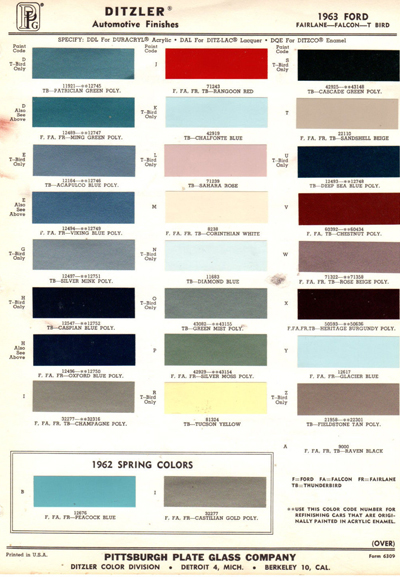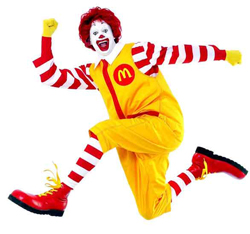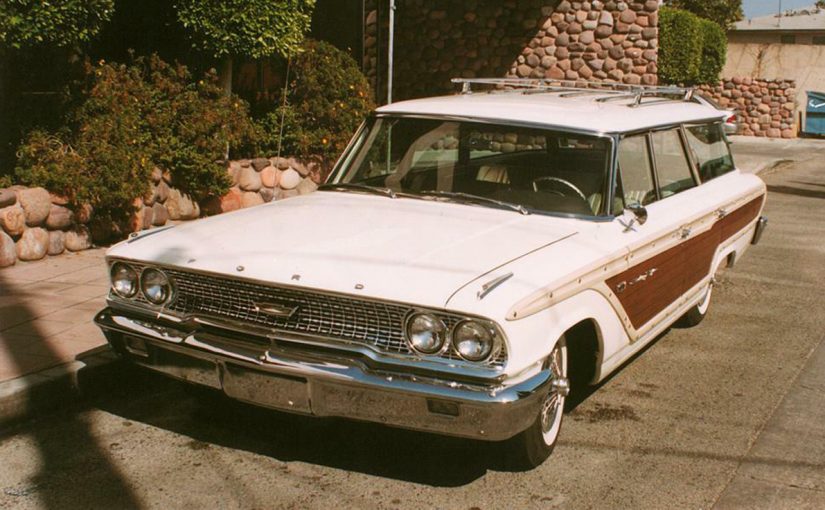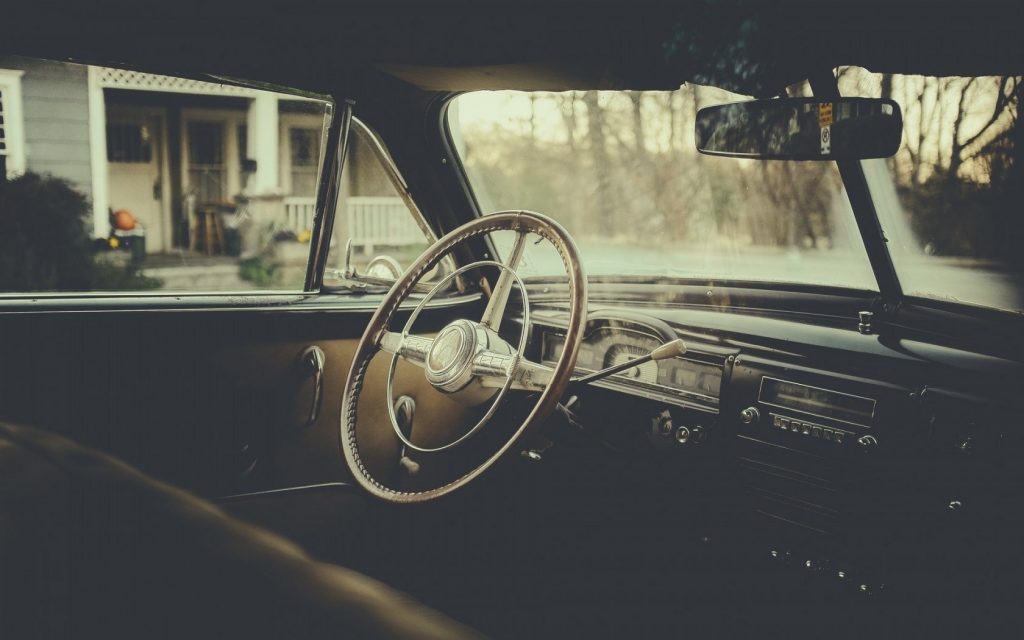For the 1963 automotive model year, the Ford Country Squire station wagon — resplendent with its fake wood paneling and fully functional roof rack — was offered in 26 colors, two of them specially blended for springtime.

For the 2019 model year, most manufacturers offer six, with minor variations: red, white, blue, black, gray, and silver.
Subaru has a burnt orange and there may be another quirky offering somewhere, but those are few and, well, quirky.
Of the limited palette, car buyers seem to further limit themselves to white, gray and silver. I know this because those are the folks who drive with their headlights off in dense fog and just before dusk, and those cars put Stealth jet fighters to shame.
You bought white because it hides the dirt better? Two words: WASH ME
From the 1950s into the early 1970s, motorists mostly ordered their cars, picking from a menu of options a Chinese restaurant would envy. They plunked down their down payment and waited a month to six weeks for the vehicle to arrive. Sometimes, if they had a friend at the dealership, they got updates on the progress of assembly and shipping.
People could order almost any combination of exterior and interior colors — some clashing pairs were verboten — and one favorite trick was to order
Then came the oil embargo and the shortages in the early 1970s that turned consumers’ heads toward smaller, fuel-saving cars, cars that came from Europe and the Far East, where fuel always had been expensive and in short supply. Those cars introduced the notions of trim levels and option packages and pre-selected exterior/interior combos. And, oh yeah, no more six shades of blue. You got VW Miami blue or dark blue, Datsun blue, Toyoda blue, with black or fawn leatherette or cloth interior.
The options packages did away with the odd combinations of power steering but manual brakes or vice versa; air conditioning and power door locks but manual windows; or power windows but a manual crank on the tailgate glass. Things that belonged together became standardized.
And for the most part, God was in Heaven and all was right with the world.
Soon, though, this sensible standardization turned in the Soylent Green direction.

I do not consider Ronald McDonald an adversary, but no matter how many ways Mickey D’s tweaks its burgers, nuggets, fries and, yes, salads, they are not serving haute cuisine. Neither is BK or Mom, er, Wendy’s.
Worldwide, the fare is fair, but it’s consistent. And that has advantages for travelers and fans of McMuffins.

Ditto for chain pizza restaurants. They cannot hold a candle to Jersey Shore pizza, New Jersey pizza, New York pizza, but they won’t totally leave you in the lurch, either, the way a Deep South “New York Style” place will.
Cheez Whiz and ketchup on a Ritz cracker. Jeez.
In other words, for consistency and predictability, we settle for the Gentleman’s C.
But that should be a matter of necessity, not a lifestyle choice.
Those Gentleman’s C’s — they’re not just food, or car colors, or our politics (… not gonna go there right now).
They’re on display in our crazed-consumer disposable-goods economy. We buy subpar crap that can’t be repaired when, not if, it breaks.
They pollute our educational system, which teaches kids absolutely everything they need to know to pass a test, and absolutely nothing they need to know to make a difference in a pluralistic society.
They stifle ourselves. We sell ourselves short and say “good enough” or “that’s far enough,” when the real finish line is just a little way farther.
Yes, it’s a challenge to live life to the fullest, and often it takes work, hard work, a lot of hard work. But none of us has the curse of Sisyphus. We can push the boulder over the top. We can nourish ourselves with a bit of excitement.
We can demand — and get — Sahara Rose enamel glistening in the sun.



